Installation of fire alarm systems is one of the most important prerequisites for protection and safety against accidents caused by fire, mostly when we hear the firefighting name, we thought about a warning and a red-colored siren that warns the occupant to evacuate a building as quickly as possible. The warning indeed is one of the main elements of any fire alarm system, but this monitoring equipment also needs monitoring and evaluation by experts to continually works at the desirable level. Testing the fire alarm system is one of the important stages of the installation process, which we discuss in this article.
How often are fire alarm systems tested?
Testing of fire alarm system is not a matter that can be left to the taste of protection and safety experts, and to achieve the desired result in this field, it is necessary to follow national rules and international standards. Chapter 14 of the International Standard NFPA 72, the National Fire Alarm and Signaling Code discusses this in detail. In the following, we will explain the highlights of the international standard NFPA 72 to make readers more familiar with this guideline.
Visual inspection of fire alarm system;
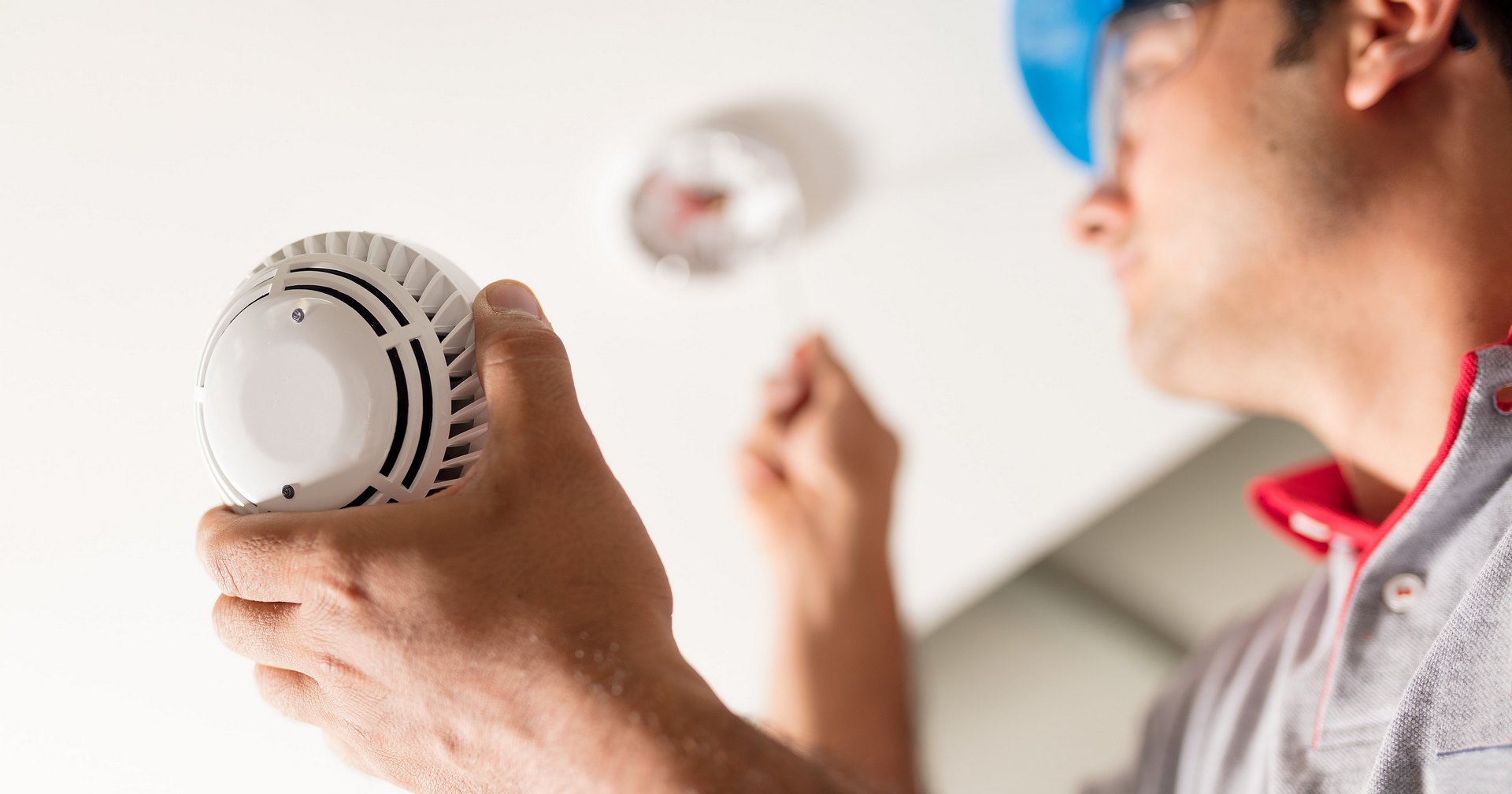
International Standard NFPA 72, by Table 14.3.1, requires users of fire alarm systems to inspect their equipment weekly, monthly, every six months, or annually. However, it should be noted that this instruction may be changed based on national and local regulations or special conditions for installing a fire alarm system. Visual inspection of fire alarm systems includes the following:
Equipment control and inspection:
Equipment used in fire alarm systems should be inspected weekly to ensure the proper operation of each part. This review includes inspections of LED lights, power supplies, and faucets. During these weekly inspections, fire alarm systems warnings should be checked too.
Batteries:
Depending on the type of battery used in the fire alarm systems, it is necessary to inspect the equipment monthly so that the batteries are not corroded or leaked.
Thermal, smoke, and duct detectors:
Fire alarm system detectors should be inspected every six months, and every year the performance of all equipment should be checked together to ensure that the entire system is working properly.
Test process of the fire alarm system;

Testing of components of fire alarm systems is not limited to visual inspection of these components and includes other items as well. Although some of the equipment in these systems needs to be inspected every six months, annual inspections of most parts will be sufficient to ensure the operation of the device. This is also stated in Table 14.4.3.2 of International Standard NFPA 72. Of course, just like visual inspections, the test of the fire alarm systems will change according to national and local regulations or equipment installation conditions.
Six-monthly or annual tests of fire alarm systems must be performed by the technical experts of fire protection and safety companies because for such tests we need the technical knowledge of experts to find possible defects.
Testing of fire alarm systems includes the following:
Equipment control:
It is necessary to test and check the fire alarm systems annually to ensure the correct operation for sending warning messages.
Control of equipment related to sending warning alerts:
Audio and video alarms should also be tested annually for possible defects.
Backup power supply control:
To test this part of the system, it is necessary to unplug the main power supply to determine if electricity still reaches the fire alarm systems.
Initiating Devices:
Testing the Initiating Devices is necessary because we need to make sure that this part works exactly as planned and sends the messages to the control panel correctly. To control this part of the fire alarm system, the efficiency of smoke detectors should be measured in smoke or smoke-like situation and thermal detectors should also be exposed to heat to determine their performance.
Equipment for sending warning messages:
Alarm and warning messages should also be checked, both audio and video, to make sure they are working correctly.
Common mistakes that may occur when testing fire alarm systems weekly;

- The key or reset code of the system control panel is not available when testing the fire alarmsystem push button;
- Do not check the different fire alarm push buttons every week;
- Failure to record the date of the test in the reporting notebook;
- Forgetting to remove the test key from the desired location;
- Turn on the building evacuation button alone to activate the device alarm;
- Lack of access to device backup batteries;
Maintenance, supplement to testing of fire alarm system;
How to repair the components of fire alarm systems should be done in the same way as the manufacturers of these devices are described in the instructions for use of these products. Of course, how many times a year we repair these types of the equipment largely depends on the weather conditions in which the system is installed and the type of devices used. Cleaning of various components of fire alarm systems should also be planned and implemented based on the environmental conditions of this equipment and the instructions of the manufacturers of these products.
How do collect a complete report of the fire alarm system test?
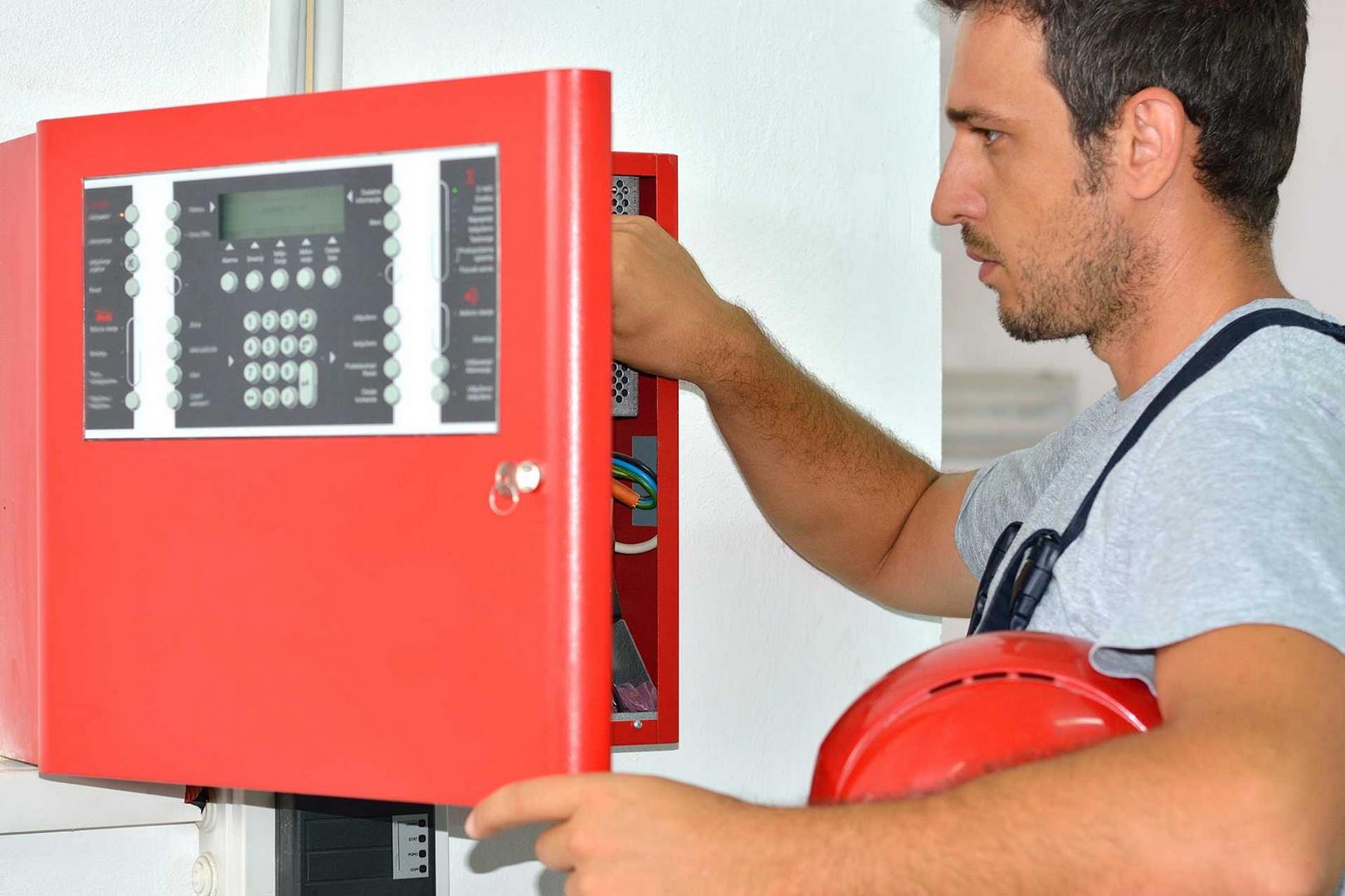
Preparing a report notebook to record inspections, tests, and repairs of fire alarm systems is the best way to record the activities performed accurately. If you have a report notebook, you should keep it in a convenient place close to the system control panel to be available when the technical experts come to visit the system. Items that must be recorded in the reporting notebook include the following:
- Date and time of activation of all system alerts, both in real-time and during testing;
- Date and time of occurrence of each system fault and how to fix each of these faults;
- Date of execution of each system test;
- Date of periodic services;
- Date and time of disconnection of the system;
- Any replacement and relocation of parts in the system;
Stay in touch with Pavan treasure;
Ganjineh Pavan, as one of the pioneers in the safety and firefighting equipment industry, provides special services to its customers in the form of testing, consulting, installation, and after-sales support. For more information contact us or read the website services section.

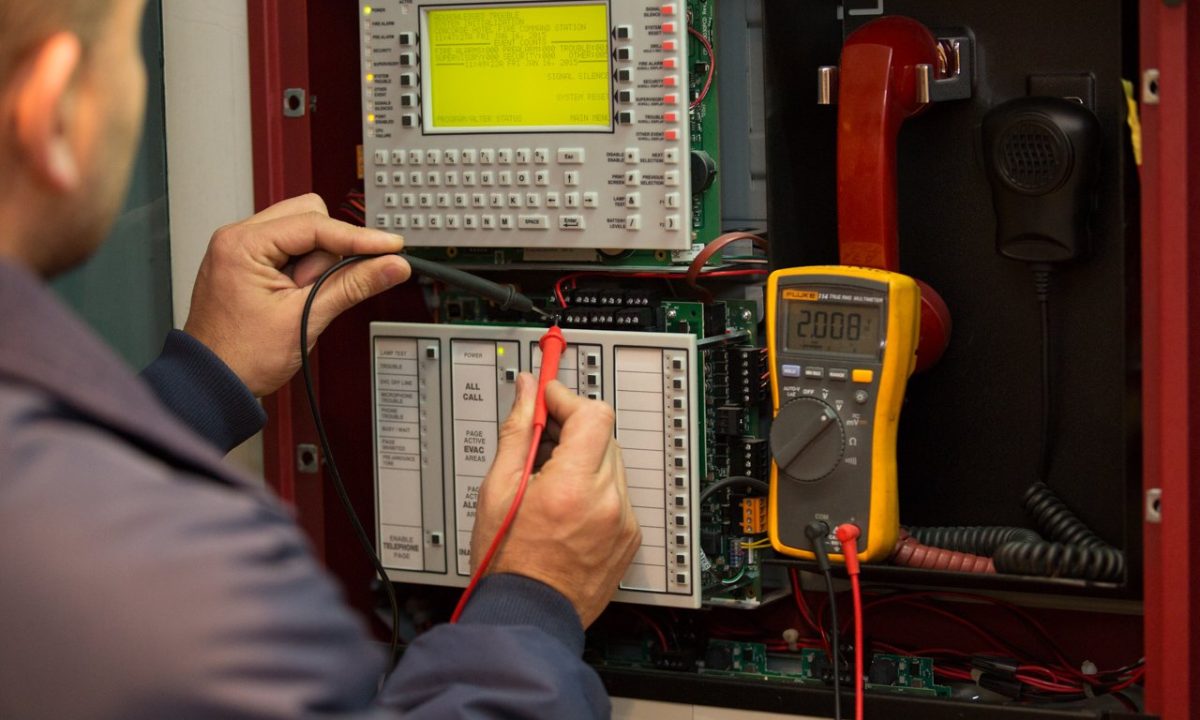
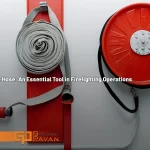
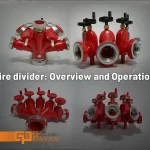
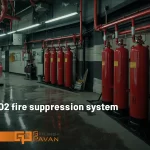
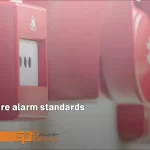
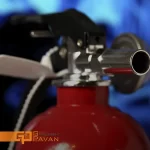


2 Responses
I appreciate it when you explained that fire alarm systems should be checked every year to ensure that they are working properly and they are still sending warning messages. I will share this information with my husband because we actually plan to have one installed in our home after there was an incident relating to a fire earlier this week. It seems that it is still hot here in our area causing one of the backyards of our neighbors to start a claim that almost reached their actual home.
We are pleased that this article has prompted you to be more committed to improving your home’s fire protection. Prevention is always better than cure.
Wishing you safety and peace